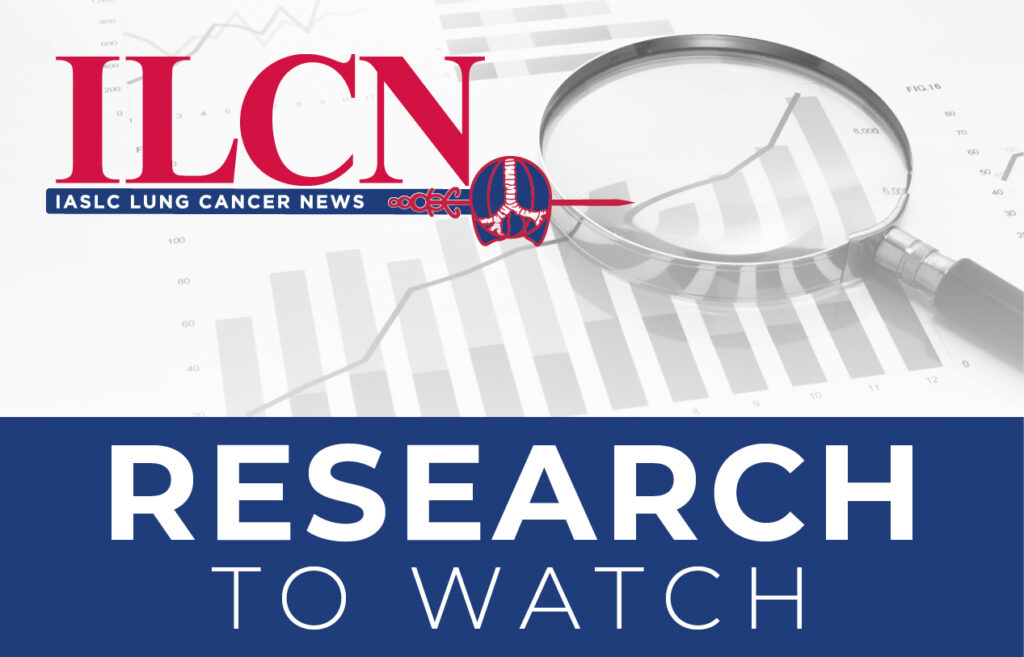
With fewer than 20% of patients with EGFR-positive lung cancer living longer than 5 years, there is a significant unmet need to understand the potential impact of therapy on extending patients’ life expectancy.
New findings from the MARIPOSA trial revealed promising results for a combination of amivantamab-vmjw and lazertinib as a first-line therapy for patients with EGFR-positive non-small cell lung cancer (NSCLC).
According to a news release, the combination therapy demonstrated a statistically significant improvement in overall survival (OS), with an anticipated median OS exceeding 1 year. These findings currently represent the first and only OS benefit that exceeds the current standard of care, osimertinib.1
Not only does this data bring renewed hope to patients, but it also offers a new treatment option. The combination therapy has previously shown improvements in progression-free survival (PFS) from the MARIPOSA trial; however, these latest findings provide deeper insights into the impact of the treatment on life expectancy.
The combination treatment is approved in the U.S. and Europe as a first-line therapy for EGFR-mutated NSCLC. These approvals were based on findings from the MARIPOSA trial, which enrolled 1,074 patients and compared the combination treatment to osimertinib as a first-line therapy for patients with EGFR-mutated NSCLC. The primary endpoint was PFS, while secondary endpoints included OS, objective response rate (ORR), duration of response (DOR), second progression-free survival (PFS2), and intracranial PFS.
Lazertinib, in combination with amivantamab, demonstrated a statistically significant improvement in PFS compared to osimertinib alone, with a hazard ratio (HR) of 0.70 (95% confidence interval [CI]: 0.58, 0.85; p-value = 0.0002).2 The median PFS was 23.7 months (95% CI: 19.1, 27.7) in the lazertinib and amivantamab arm, compared to 16.6 months (95% CI: 14.8, 18.5) in the osimertinib arm.2
Resources:
- 1. https://www.jnj.com/media-center/press-releases/rybrevant-amivantamab-vmjw-plus-lazcluze-lazertinib-shows-statistically-significant-and-clinically-meaningful-improvement-in-overall-survival-versus-osimertinib
- 2. https://www.fda.gov/drugs/resources-information-approved-drugs/fda-approves-lazertinib-amivantamab-vmjw-non-small-lung-cancer










